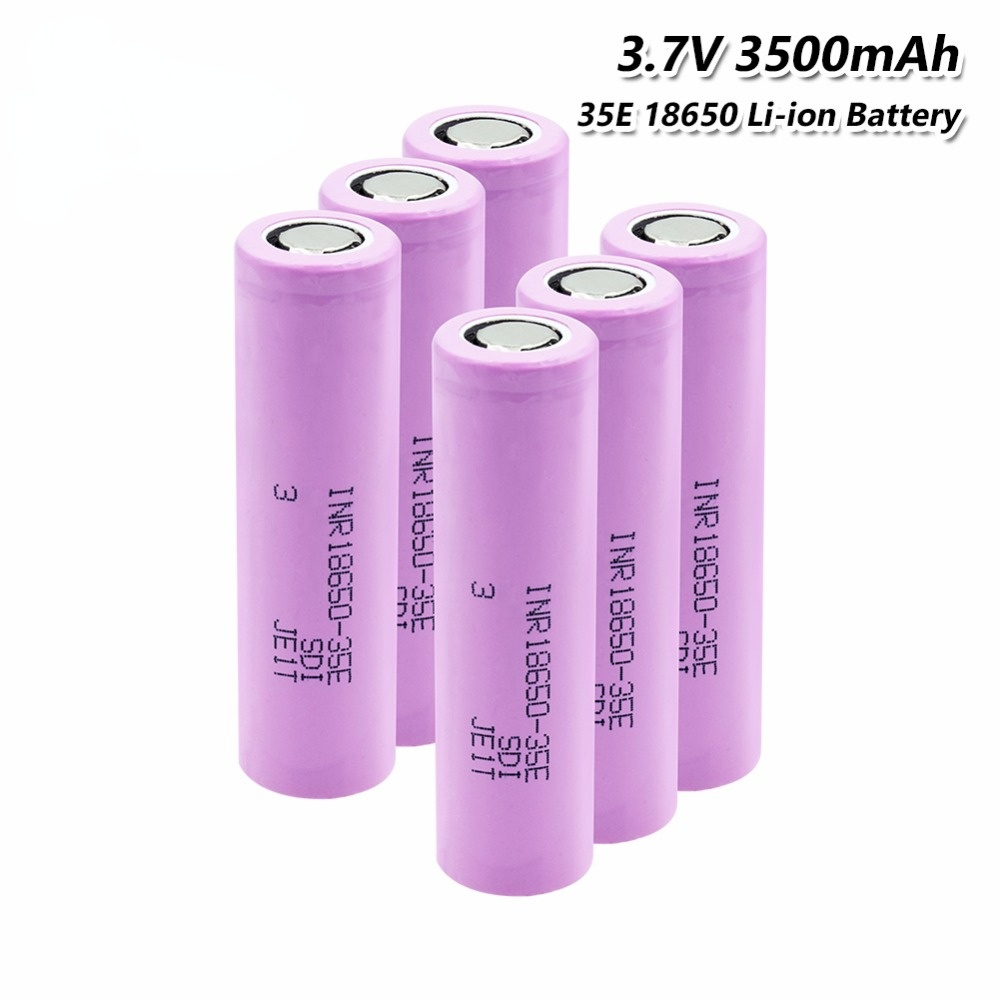Lithium batteries are a class of batteries made of lithium essence or lithium amalgamation as the negative electrode material and using anon-aqueous electrolyte result, while lead- acid batteries are a type of battery whose electrodes are substantially made of lead and its oxides and whose electrolyte is a sulphuric acid result.
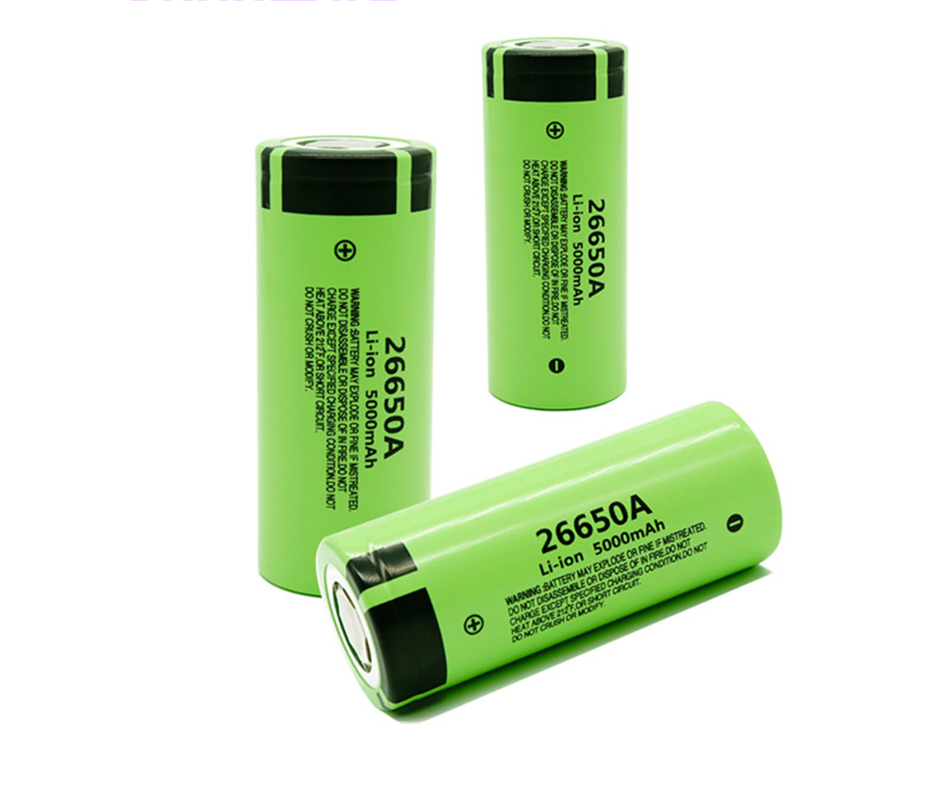
Lithium battery
1 、 introductory preface
Lithium battery( Lithium battery) refers to the electrochemical system containing lithium( including lithium essence, lithium amalgamation and lithium ion, lithium polymer) batteries. Lithium batteries can be astronomically divided into two orders lithium essence batteries and lithium ion batteries. Lithium- ion batteries don't contain lithium in its metallic form and are rechargeable. The fifth generation of rechargeable batteries, the lithium essence battery, was created in 1996 and has better safety, specific capacity, tone- discharge rate and performance to price rate than lithium ion batteries. Due to its own high specialized conditions, only a many companies in a many countries are now producing similar lithium essence batteries.
2 、 Working principle
1) Lithium essence batteries.
Lithium essence batteries are generally used manganese dioxide as the positive electrode material, lithium essence or its amalgamation essence as the negative electrode material, the use ofnon-aqueous electrolyte result of the battery.
Discharge response Li MnO2 = LiMnO2
2) Lithium ion batteries.
Lithium ion batteries are generally batteries that use lithium amalgamation essence oxide as the positive electrode material, graphite as the negative electrode material, and anon-aqueous electrolyte.
The response that occurs at the charging cathode is
LiCoO2 == Li( 1- x) CoO2 XLi Xe-( electrons)
The response being on the negative side of the charge is
6C XLi Xe- = LixC6
Total response on the rechargeable battery LiCoO2 6C = Li( 1- x) CoO2 LixC6
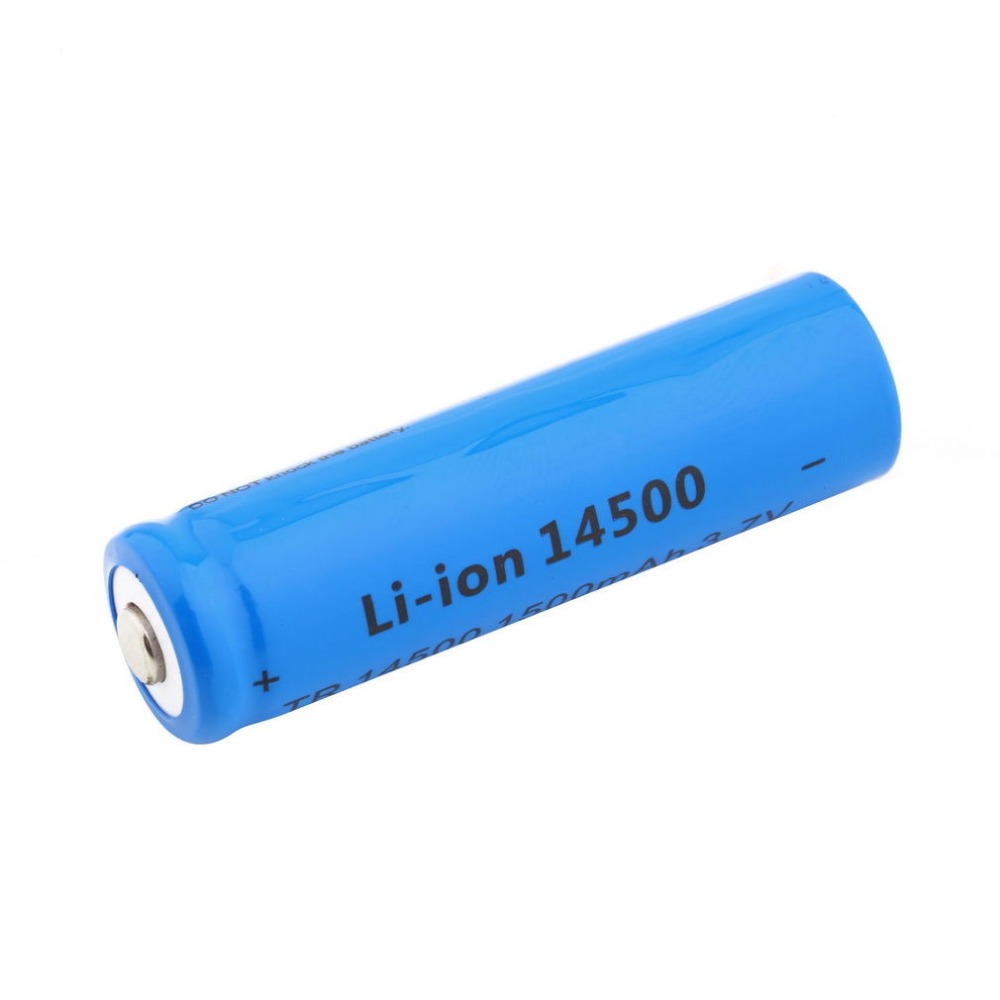
Lead- acid batteries
1 、 introductory preface
It has endured nearly 150 times of development, lead- acid batteries have made great progress in theoretical exploration, product types and kinds, product electrical performance, etc. Whether in transportation, dispatches, electricity, military or in navigation, aeronautics, colorful profitable fields, lead- acid batteries have played an necessary and important part. According to the structure and use of lead- acid batteries, roughly divided into four orders
( 1) lead- acid batteries for starting;
( 2) lead- acid batteries for power;
( 3) fixed stopcock- regulated sealed lead- acid batteries;
( 4) other orders, including small stopcock- regulated sealed lead- acid batteries, lead- acid batteries for mining lights,etc.
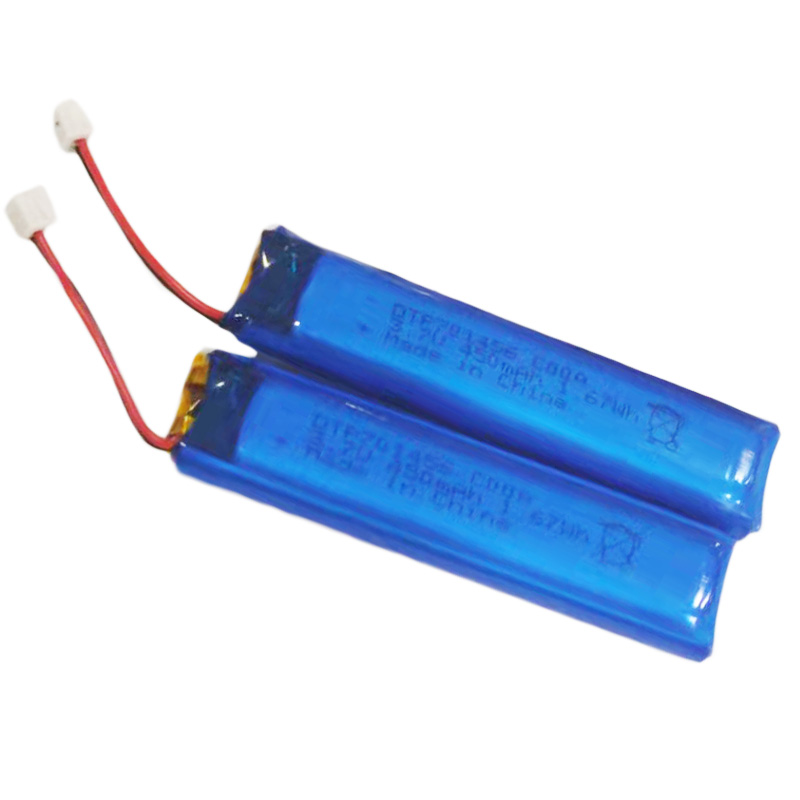
2 、 Working principle
stopcock- controlled lead- acid battery charging is the external DC power force connected to the battery for charging, so that the electrical energy is converted into chemical energy and stored. Discharge is the release of electrical energy from the battery to drive external outfit.
When the lead- acid battery charging will reach its peak, the charging current is only used to break down the water in the electrolyte, when oxygen is produced at the positive end of the battery and hydrogen at the negative end, the gas will overflow from the battery, causing the electrolyte to drop and the need to add water from time to time.
On the other hand, at the end of charging or under overcharge conditions, the charging energy is used to break down the water and the oxygen produced at the positive outstation reacts with the spongy lead at the negative terminal, leaving part of the negative terminal in an unfilled state and inhibiting the product of hydrogen at the negative terminal.
What's the difference between a supereminent acid battery and a lithium battery?
Lithium battery light weight, high specific energy, but poor safety, low cost performance; lead- acid battery is heavy, large, small specific energy, but good safety, high cost performance.
How to rightly distinguish between lead- acid and lithium batteries.
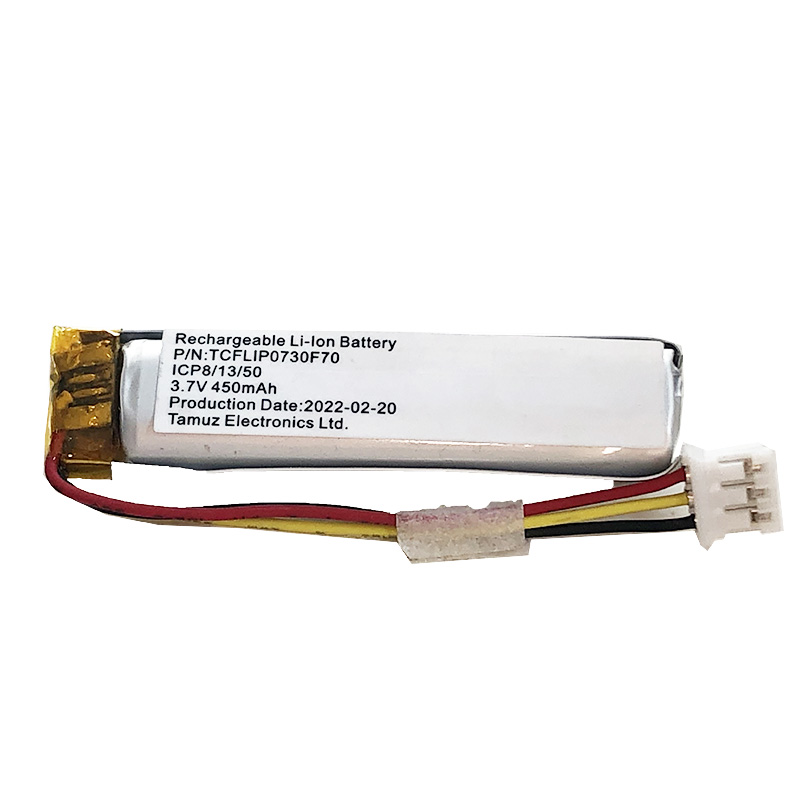
Battery capacity
The capacity of lithium battery is generally 8- 10A, and the capacity of lead- acid battery is about 20A.
Kilometres travelled
For illustration, with the same 48V battery, when completely charged, both Li- ion and lead- acid batteries can travel 30- 40 km, depending on the size of the motor used.
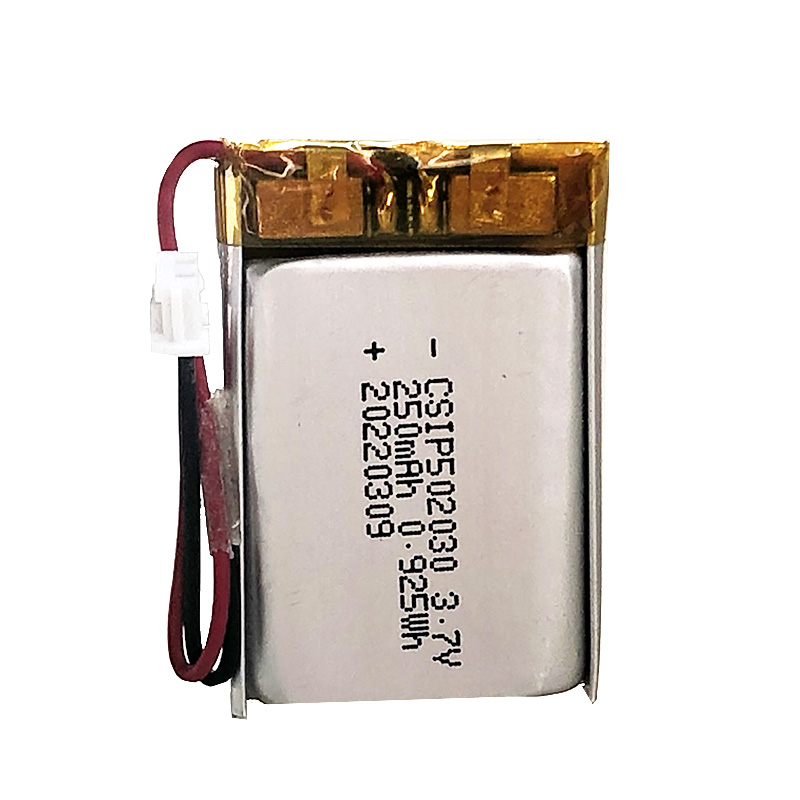
Continuity
1) Lithium batteries are more durable, slow to consume, charge and discharge over 500 times, and have no memory, with a general life expectation of 4- 5 times. Lead- acid batteries are generally within 400 times of deep charging and discharging, with memory and a life expectation of around twoyears.However, it's important to note that the battery loses little water and distilled water isn't generally added during use, If a conservation-free lead- acid battery is used.
2) In terms of continuity, lithium batteries have good resistance to vibration, completely charged batteries are safe and fixed, with an breadth of 4 mm and a frequence of16.7 Hz for 1 hour, no leakage, no battery expansion and rupture, and normal open circuit voltage; good resistance to overcharging, at 25 degrees Celsius, completely charged batteries are charged at0.1 CA for 48 hours, no leakage, no battery expansion and rupture, and normal open circuit voltage, with a capacity conservation rate of over 95. Good resistance to high currents, no fusing of conductive corridor and no distortion in appearance when completely charged batteries are discharged at 2CA for 5 twinkles or 10CA for 5 seconds.

Price, bond period
The mainstream battery on the request is 48 volts, if you need to replace it, the lead- acid battery is around 380- 450 yuan( 48V12AH- 48V20AH), and the bond period is 1 time; the lithium battery is fairly precious, demanding about 1000( 48V12AH) yuan, but its bond period is 2 times.
Price, bond period
The current mainstream battery on the request is 48 volts, if you need to replace it, the lead- acid battery is around 450, and the bond period is 1 time; the lithium battery is fairly precious, demanding about 1000 yuan, but its bond period is 2 times.
What's the difference between lead- acid and lithium batteries?
Lithium batteries have a long service life and are small in size; while lead- acid batteries are less precious.

Regarding the difference between lithium and lead- acid batteries, let's first compare them in terms of continuity. Lead- acid batteries are generally deep charged and discharged within 400 times, with memory, and their service life is only about two times. And lead- acid batteries contain liquid, battery consumption for a period of time, if you find that the battery is hot or charging time has come shorter, you need to replenish the liquid; and lithium batteries are different, it's further durable than lead- acid batteries, consumption is also veritably slow, deep charging and deep discharge further than 500 times, and still no memory, the general life of the introductory in about 4 to 5 times.
also there's the comparison of size and quality. utmost of the lead- acid batteries are fairly large. They generally weigh between 16- 30 kg. On the negative, the weight of lithium batteries is generally important lighter than lead- acid batteries, utmost of them are around2.5- 3 kg. And the size is veritably small. It's veritably easy to handle.
When manufacturing lead- acid batteries, there's pollution in the product process, and if inaptly reclaimed, it may also beget pollution, which is a great peril to the terrain. Lithium batteries are fairly greener and further environmentally friendly.

The performance of the two batteries in use is the same 48 volt battery, in the case of a full charge, the lead- acid battery and the lithium battery electric auto can travel 30- 40 km, there isn't important difference. The speed depends substantially on the size of the motor used.
Eventually, in terms of price, the lithium battery has an advantage over the lead- acid battery in all aspects of performance, but the price is slightly advanced than the lead- acid battery. This is also ineluctable.

There are several main differences
1. The energy viscosity of lithium batteries is lesser than that of lead- acid batteries.
2. Although both batteries aren't suitable for low temperature work, lithium batteries shouldn't be charged at 0 degrees Celsius, else they're prone to safety hazards.
The voltage of lead- acid batteries is related to the number of internal positive plates. There are substantially single 2V, 6V and 12V types. The life span of ordinary lead- acid batteries is about 5 to 6 times, with a many hundred cycles. The low temperature performance and life span of lead- acid gel batteries are a little better, and if they're well maintained, they can be used for further than 10 times.
The question is veritably good, I hope there are experts to add.

What's the difference between lithium batteries and lead- acid batteries
Lithium iron phosphate battery itself has a charging circuit board, with the bowl is also an intelligent charging control circuit, utmost of the charging system is palpitation more high- grade safety, performance is also. Lead- acid batteries are DC charging presto and laggardly, the bowl is actually a motor and therapy, the two aren't common. I hope my answer can help you!
What's the difference between lithium and lead- acid batteries? Which brand is better?
Lead- acid batteries are heavy but have a good range. Lithium batteries are lighter but have poor range. I've been using Chaowei's lead- acid batteries and the quality is veritably stupendous.
1 Different nominal voltage
Nominal voltage of lead- acid battery unit2.0 V
Nominal voltage of lithium- ion monomer3.6 V
2 Different internal accoutrements
The positive and negative electrodes of lead- acid batteries are supereminent oxide and lead essence, and the electrolyte is concentrated sulphuric acid
Lithium battery positive and negative electrodes are lithium cobaltate/ lithium iron phosphate/ lithium manganate, graphite, organic electrolyte
Different energy
Lead- acid battery 30WH/ KG
Lithium battery 150WH/ KG

4 Different use occasions
Lead- acid battery auto starter, electric auto battery
Lithium batteries mobile phones, computers, power tools, now also used for electric auto batteries
Different electrical characteristics
Lead- acid batteries can not be discharged at high currents and have a short life span
Lithium batteries can be discharged at high currents and have a good life span


 Home
Home CSIP
CSIP  Feb 15,2023
Feb 15,2023 
 What is the working principle of lithium batteries?
What is the working principle of lithium batteries? 
 Dec 24,2022
Dec 24,2022 


